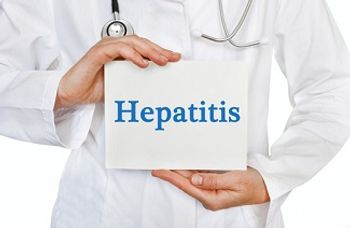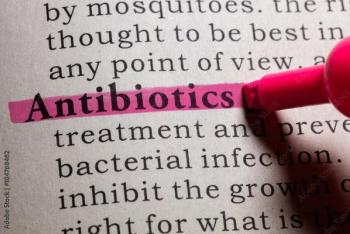
Study Suggests Streamlining Fewer Infection-Control Measures to Reduce C Diff
Hospitals considering interventions to reduce Clostridioides difficile infections may find that less is more, according to a new study that found daily cleaning with sporicidal products to be the most cost-effective single infection control strategy.
Daily cleaning with sporicidal products is the most cost-effective single infection control strategy to reduce Clostridioides difficile in hospitals, according to a new study.
The study,
“The findings of this study suggest that institutions should streamline infection control bundles, prioritizing a small number of highly cost-effective interventions,” the authors noted in the study, which was completed by investigators at the University of Michigan, the University of Wisconsin-Madison, and William S. Middleton Memorial Veterans Hospital.
Health care facilities are a major source of C diff infections (CDI), which cause more than 15,000 deaths and $5 billion in health care costs each year in the United States. An
The model simulated a hospital environment, evaluated the probability of transmission during a given interaction between patients, visitors, nurses and physicians, and simulated the effects of various interventions.
Daily cleaning was found to be most cost-effective single intervention, saving $358, 268, 36.8 quality-adjusted life-years (QALY) and 25.9 infections annually. Other strategies that resulted in cost savings, increased QALYs and averted infections included health care worker hand hygiene, patient hand hygiene, terminal cleaning, and reducing intrahospital patient transfers.
The study evaluated bundling 2, 3 or 4 interventions, including daily cleaning. While bundles with 2 interventions were found to be cost-effective, cost-effectiveness decreases as interventions are added. Adding screening for C diff colonization at admission, health care worker hand hygiene, and patient hand hygiene sequentially cost $29, 616 per QALY, $50, 196 per QALY, and $146 ,792 perQALY, respectively.
Visitor contact precautions were the found to be the least cost-effective, costing as much as $1,669,089 per QALY.
“Recognizing that all hospitals operate in an environment of constrained resources, support must be shifted from minimally effective, high-cost interventions, such as visitor contact precautions, to more innovative, cost-effective solutions,” the study noted.
A recent study found that more than half of infection-control bundles include 6 or more interventions.
“(O)ur results provide evidence that continuing to increase bundles without accounting for the cost and effectiveness of individual components may be counterproductive, depending on institutional priorities and cost constraints,” the study said. “Instead, institutions should consider streamlining their infection control initiatives and may opt to focus on a smaller number of highly cost-effective interventions.”
The study likely underestimates cost-effectiveness because the model did not stratify infections by severity or include complications, instead evaluating all cases as mild to moderate.
Efforts to control CDI have increased. Collaborations between antimicrobial stewards and infection preventionists have helped reduce hospital-onset CDI, and there has been a
Newsletter
Stay ahead of emerging infectious disease threats with expert insights and breaking research. Subscribe now to get updates delivered straight to your inbox.

















































































































































































































































































